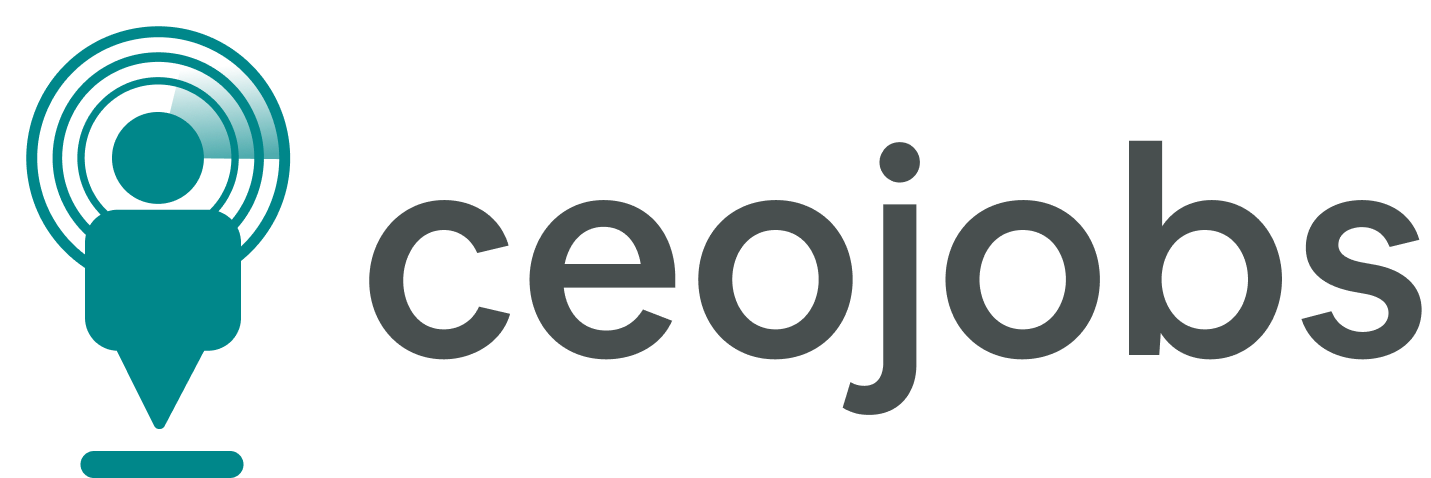𝗕𝗼𝗮𝗿𝗱𝗿𝗼𝗼𝗺 𝗥𝗲𝗱 𝗙𝗹𝗮𝗴𝘀
Popular Post
Tags

𝗕𝗼𝗮𝗿𝗱𝗿𝗼𝗼𝗺 𝗥𝗲𝗱 𝗙𝗹𝗮𝗴𝘀
How the Board Can Tell Their Senior Business Leader Is Not on Track
Using the CEOJobs SBL Framework to Spot Early Warning Signs
Even the most seasoned Senior Business Leaders (SBLs) can lose momentum, misread signals, or steer the organisation off course. The challenge for boards is that by the time issues are obvious—missed targets, poor morale, reputational damage—it may be too late for a simple course correction.
That’s why proactive boards need a structured way to evaluate performance before the warning lights start flashing. The CEOJobs Senior Business Leader (SBL) Framework offers a lens to assess whether a leader is maintaining direction and discipline across four critical dimensions:
Strategic Vision and Leadership
People, Efficiency & Operational Management
Financial Performance & Sustainability
Governance, Risk & Compliance (GRC)
Here’s how the board can use this lens to detect when their SBL might not be on track.
1. Strategic Vision and Leadership: Signs of Drifting Without Direction
A capable SBL sets the tone for the organisation’s future. If that tone is missing or muddled, strategic drift is likely.
Red Flags:
Vision lacks clarity or hasn’t been updated to reflect current realities
Strategy discussions feel generic or overly cautious
Execution is scattered, with little connection to stated goals
Strategic initiatives stall due to indecision or lack of ownership
What the board should do: Ask for concrete updates on strategic initiatives. Look for alignment between stated priorities and investment or staffing decisions. If everything is “top priority,” that’s a red flag.
2. People, Efficiency & Operational Management: Signs the Engine Is Running, But Not Well
Even with a great strategy, poor operations or team dynamics will choke progress.
Red Flags:
Turnover is rising, especially among top performers or next-gen leaders
Teams are busy but outcomes are inconsistent or delayed
Communication is reactive, siloed, or overly top-down
Talent development is treated as an HR issue, not a leadership priority
What the board should do: Ask for data beyond headcount—look at engagement scores, succession depth, cross-team collaboration, and how the SBL is developing leadership below them.
3. Financial Performance & Sustainability: Signs They’re Chasing Short-Term Wins
A financially competent SBL understands the difference between temporary gains and lasting health.
Red Flags:
Obsessive cost-cutting with no reinvestment in future growth
No clear rationale behind budget allocation
Missed forecasts that are blamed on external factors
Over-reliance on one revenue stream or customer segment
What the board should do: Go deeper than quarterly results. Ask how decisions are driving long-term value. Look for clarity around trade-offs, contingency planning, and financial scenario analysis.
4. Governance, Risk & Compliance: Signs of Emerging Fragility
Boards are ultimately accountable for oversight, but if the SBL isn’t leading in this space, risk accumulates quickly.
Red Flags:
Risk registers or compliance reports feel like box-ticking
Stakeholder issues (e.g., employee complaints, customer backlash) are minimised or surface too late
Ethics, DEI, or sustainability commitments lack follow-through
No one in the organisation seems empowered to raise concerns
What the board should do: Probe how governance and risk are embedded into day-to-day operations—not just how they’re reported. Speak to multiple stakeholders to get a broader view.
Final Thoughts: Leadership Performance Isn’t Just What You See—It’s What You Measure
Boards must move beyond intuition or isolated results when assessing an SBL. The most effective leaders drive coherence and momentum across strategy, people, finance, and governance.
If your SBL is falling short in one or more of these areas, it doesn’t mean failure—but it does mean it’s time for honest conversation, targeted support, or possibly decisive action.
Frequently Asked Questions
-
Q: 1. What is the CEOJobs Senior Business Leader (SBL) Framework?
A: The SBL Framework is a performance model that helps boards and executives assess leadership across four domains: Strategic Vision, Operational Management, Financial Sustainability, and Governance & Risk. It offers early-warning indicators and structured diagnostics.
-
Q: 2. How can a board detect early signs that a Senior Business Leader is off track?
A: Boards should look for unclear strategy, rising talent turnover, inconsistent operations, short-term financial fixes, and governance issues. The SBL Framework helps identify these signals before problems escalate.
-
Q: 3. Why is strategic clarity essential for senior leadership?
A: Without a clear and future-focused strategy, organisations can drift, stall initiatives, or chase short-term gains. Boards should ensure that the SBL communicates a compelling and actionable vision aligned with the company’s long-term goals.
-
Q: 4. What operational red flags should concern the board?
A: Signs include high staff turnover, siloed teams, slow execution, and lack of leadership development. These often point to inefficiencies or cultural issues that the SBL isn’t addressing.
-
Q: 5. How should boards assess financial leadership beyond the numbers?
A: It’s not just about hitting quarterly targets. Boards should probe resource allocation, long-term value creation, scenario planning, and whether cost controls are hurting future innovation or talent.
-
Q: 6. What governance and compliance signals indicate leadership weakness?
A: Tick-box risk registers, ignored stakeholder concerns, and shallow DEI or ESG efforts can suggest a fragile governance culture. Boards should check whether risk and ethics are embedded in daily decision-making.
-
Q: 7. When should a board intervene in a senior leader’s performance?
A: When signs persist across strategic, operational, financial, or governance domains—and there’s little evidence of course correction—it’s time for honest dialogue, coaching support, or succession planning.
-
Q: 8. How can boards distinguish between temporary challenges and deeper leadership issues?
A: Look at consistency over time, pattern recognition across departments, and how well the SBL adapts under pressure. One-off problems happen—but repeated missteps suggest capability or alignment gaps.
-
Q: 9. What questions should boards ask to evaluate executive alignment?
A: Boards should ask for updates on strategic initiatives, visibility into succession planning, rationale behind budgeting decisions, and how governance is embedded—not just reported.
-
Q: 10. Can the SBL Framework support board-level leadership reviews?
A: Yes. The SBL Framework provides a structured lens for evaluating senior leaders during performance reviews, succession planning, or transformation efforts. It helps boards act with confidence—not just intuition.
Post a Comment
Get New Job Notifications
Subscribe & get all related jobs notifications



.png)

Comments (0)